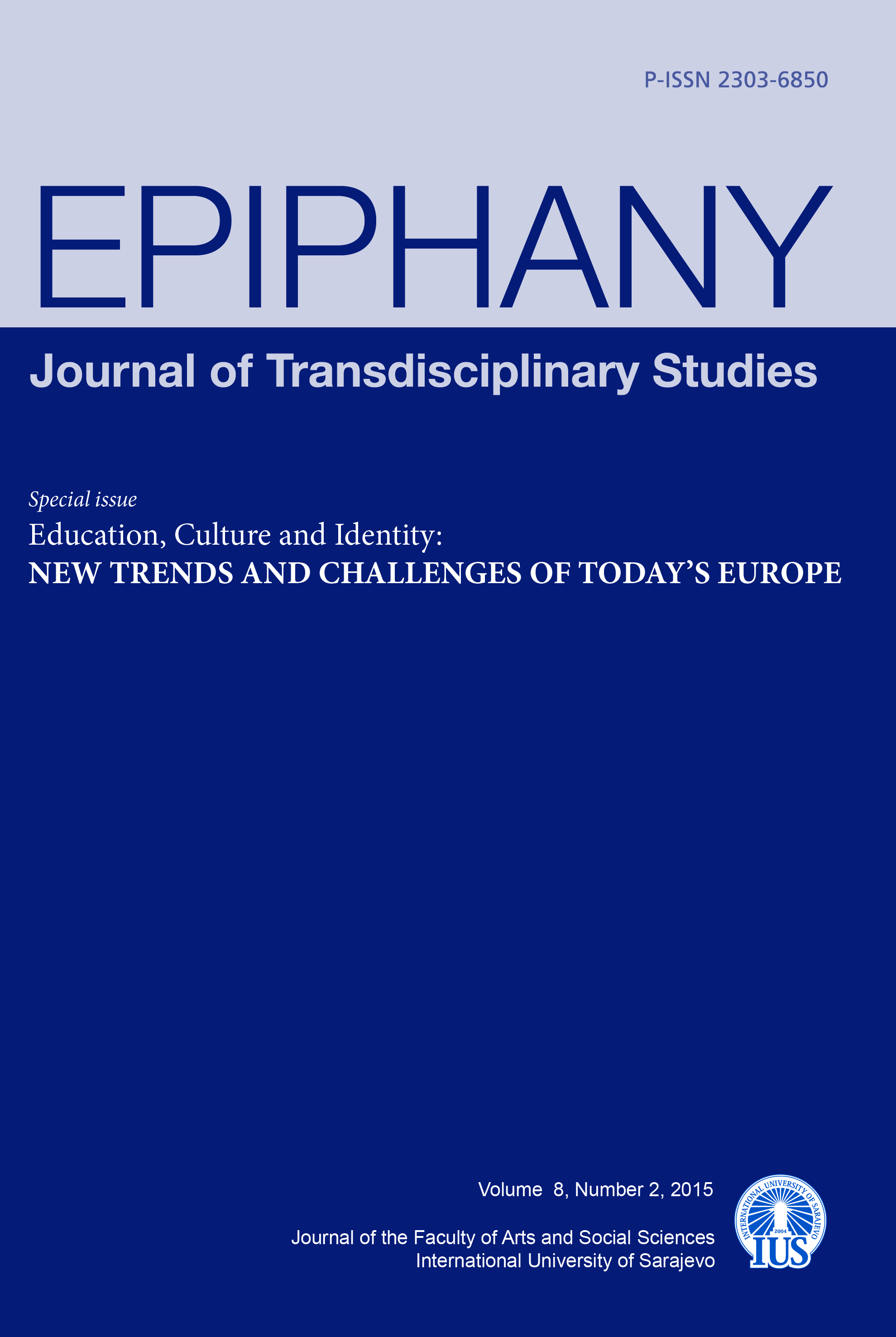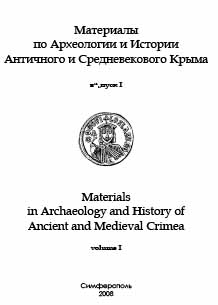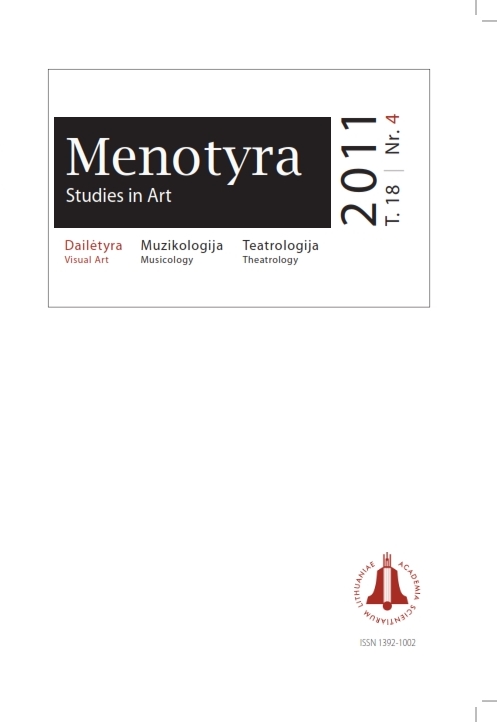
George Orwell’s Pessimistic Vision of 1984 or Francis Fukuyama’s Optimism: The Future of Higher Education Exemplified by British Universities
George Orwell’s Pessimistic Vision of 1984 or Francis Fukuyama’s Optimism: The Future of Higher Education Exemplified by British Universities
Keywords: Higher Education; British Universities; Future of Higher Education;
A new report on higher education, which marks the 50th anniversary of the Robins Report, reveals that academics, instead of devoting more time to teaching, actually prioritise their research. Further, it is claimed that two-thirds of students receive no feedback. These findings have been publicised in a pamphlet which at the same time, discloses new predictions, including a huge increase in the number of university entrants by 2035. The analysis of these findings, confronted with subsequent reasoning which may have caused them, should allow the establishment of the present trends that have been formed in higher education and are bound to be followed; especially by the ‘newer’ United Kingdom universities. Thus this paper’s main aim is to identify possible challenges and pitfalls which may well await these universities in the future. Also, such an evaluation becomes quintessential in view of the fact that at present students’ fees have risen to circa £9,000-10,000 for the very same courses which were available at the time when such tuition was free. The paper provides evidence that the underlying reason for many of the present problems these ‘less prestigious’ universities are experiencing, is chronic under-funding. As the current pattern of expansion appears to be occurring even more speedily than expected, one needs to bear in mind that distortion usually results when such goals wish to be achieved with a minimum effort and more importantly, at minimum possible cost.
More...

